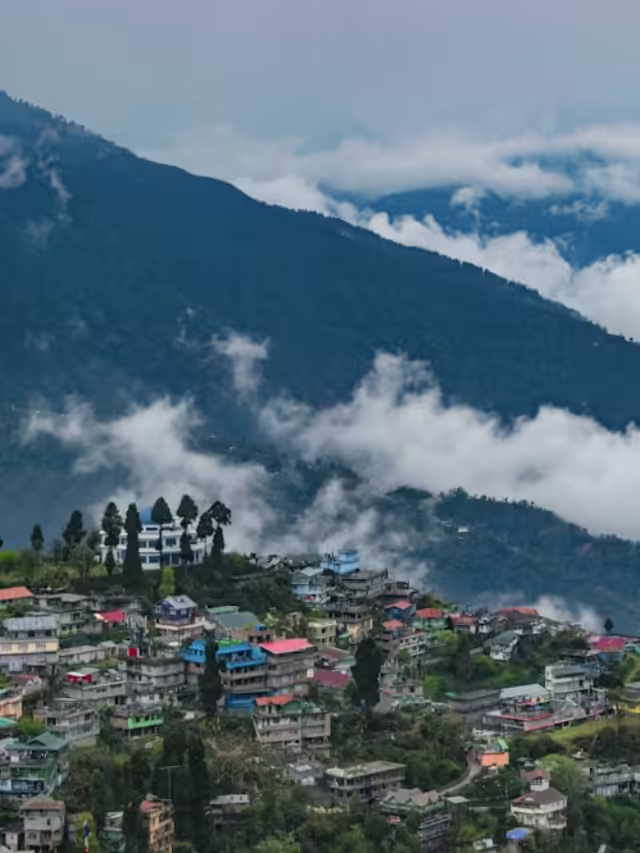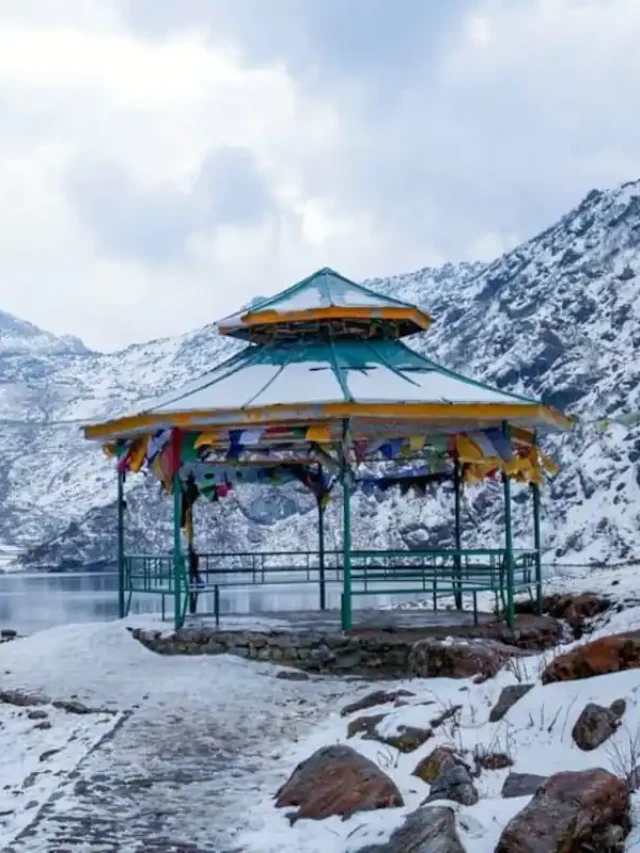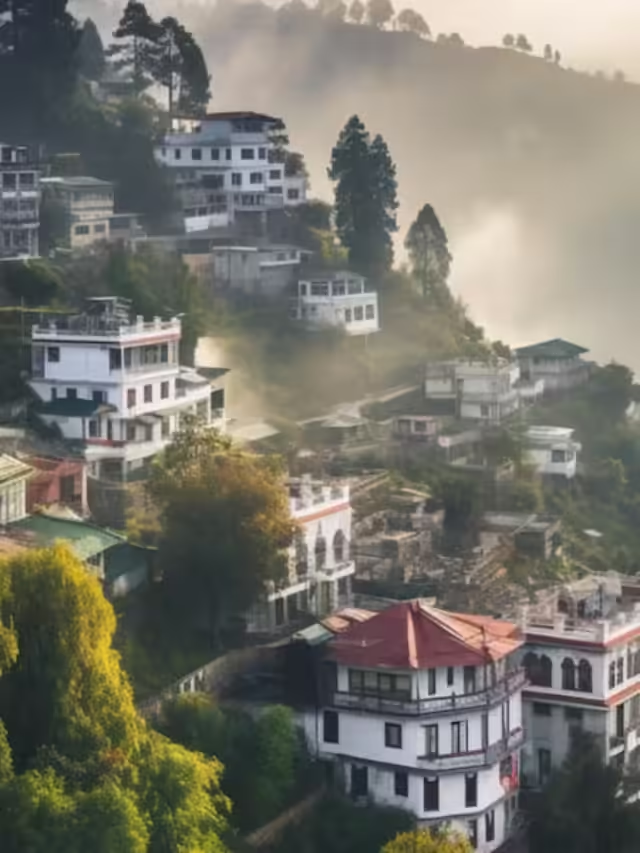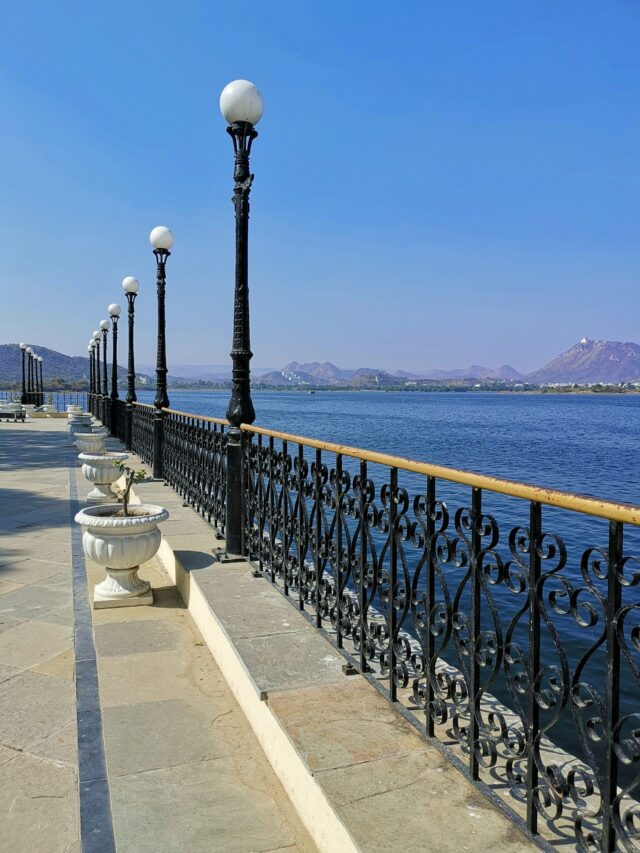Mohenjo Daro- Ancient Cities of Indus Valley Civilization: The Indus Valley Civilization was one of the most remarkable ancient civilizations that existed in the world. The civilization flourished between 2600 BCE and 1900 BCE, and its influence was felt across a vast region in the Indian subcontinent. One of the key cities of the Indus Valley Civilization was Mohenjo Daro, which is located in modern-day Pakistan. In this article, we will explore the history, culture, and significance of Mohenjo Daro, as well as the key archaeological discoveries that have been made in the city.

History
The city of Mohenjo Daro was founded around 2600 BCE and served as an important center of trade and commerce in the Indus Valley Civilization. The city was situated on the banks of the Indus River, which provided a steady source of water for irrigation and transportation. Mohenjo Daro was also strategically located at the intersection of several major trade routes, which allowed the city to become a hub of economic activity.
The city was built on a grid pattern, with streets and buildings laid out in a highly organized manner. The city’s architecture was characterized by the use of baked mud bricks, which were used to construct buildings, walls, and even public baths. The city also had an advanced sewage system, which was designed to dispose of waste and keep the city clean.
Culture
Mohenjo Daro was a highly developed and sophisticated city, with a rich and vibrant culture. The city’s inhabitants were skilled in various crafts and trades, including pottery, weaving, and metallurgy. They also had a highly developed system of writing, which was used for record-keeping and communication.
The city’s culture was characterized by a strong sense of community and social organization. The inhabitants of Mohenjo Daro lived in large, multi-story houses, which were built around a central courtyard. The houses were designed to accommodate extended families, with separate rooms for different family members.
Religion played an important role in the culture of Mohenjo Daro. The city had several temples and shrines, which were dedicated to various deities. The inhabitants of the city believed in a pantheon of gods and goddesses, which they worshipped through offerings and rituals.
Read this
- The Indus Valley Civilization-10 Ancient Cities of Indus Valley Civilization
- Culture of the United States:10 Things to Know About U.S. Culture
Significance
Mohenjo Daro is significant for several reasons. Firstly, it is one of the best-preserved examples of an ancient city in the world. The city’s advanced architecture, sewage system, and urban planning are a testament to the ingenuity and sophistication of the Indus Valley Civilization.
Secondly, Mohenjo Daro is significant for the insights it provides into the culture and society of the Indus Valley Civilization. The city’s archaeological remains have revealed a great deal about the daily life, customs, and beliefs of the civilization’s inhabitants.
Finally, Mohenjo Daro is significant for the questions it raises about the decline and collapse of the Indus Valley Civilization. Although the precise reasons for the civilization’s collapse are not yet fully understood, the ruins of Mohenjo Daro provide important clues and insights into this mystery.
Archaeological Discoveries
The excavation of Mohenjo Daro began in the 1920s, and since then, a wealth of archaeological discoveries has been made in the city. Some of the key discoveries are discussed below.
The Great Bath
The Great Bath is one of the most famous structures in Mohenjo Daro. It is a large, rectangular pool that was lined with bricks and covered with a layer of plaster. The bath was supplied with water from a well, which was located nearby. The Great Bath is believed to have been used for ritual bathing and was a central feature of the city’s religious life.
The Granary
The Granary is one of the most significant structures found at Mohenjo Daro. It was discovered during the excavations carried out by Sir John Marshall in the 1920s. The Granary is located in the western part of the city, near the Great Bath. It is a large rectangular structure, measuring approximately 50 meters by 20 meters. The Granary was built using mud bricks and had a complex system of drainage and ventilation.
The Granary at Mohenjo Daro was a multi-level structure. It had two main floors and a basement. The ground floor was used for storage while the upper floor was used for processing and preparing grains. The basement was used for storing perishable items such as fruits and vegetables. The Granary was also equipped with a system of air shafts that provided ventilation and kept the grains fresh.
The Granary was a massive structure and could store a large amount of grain. It is estimated that the Granary could store up to 20,000 tons of grain. This is a significant amount, considering that the population of Mohenjo Daro was only around 40,000.
Join us for latest information
| What’s app group link | Click Here |
| Telegram channel link | Click Here |









































